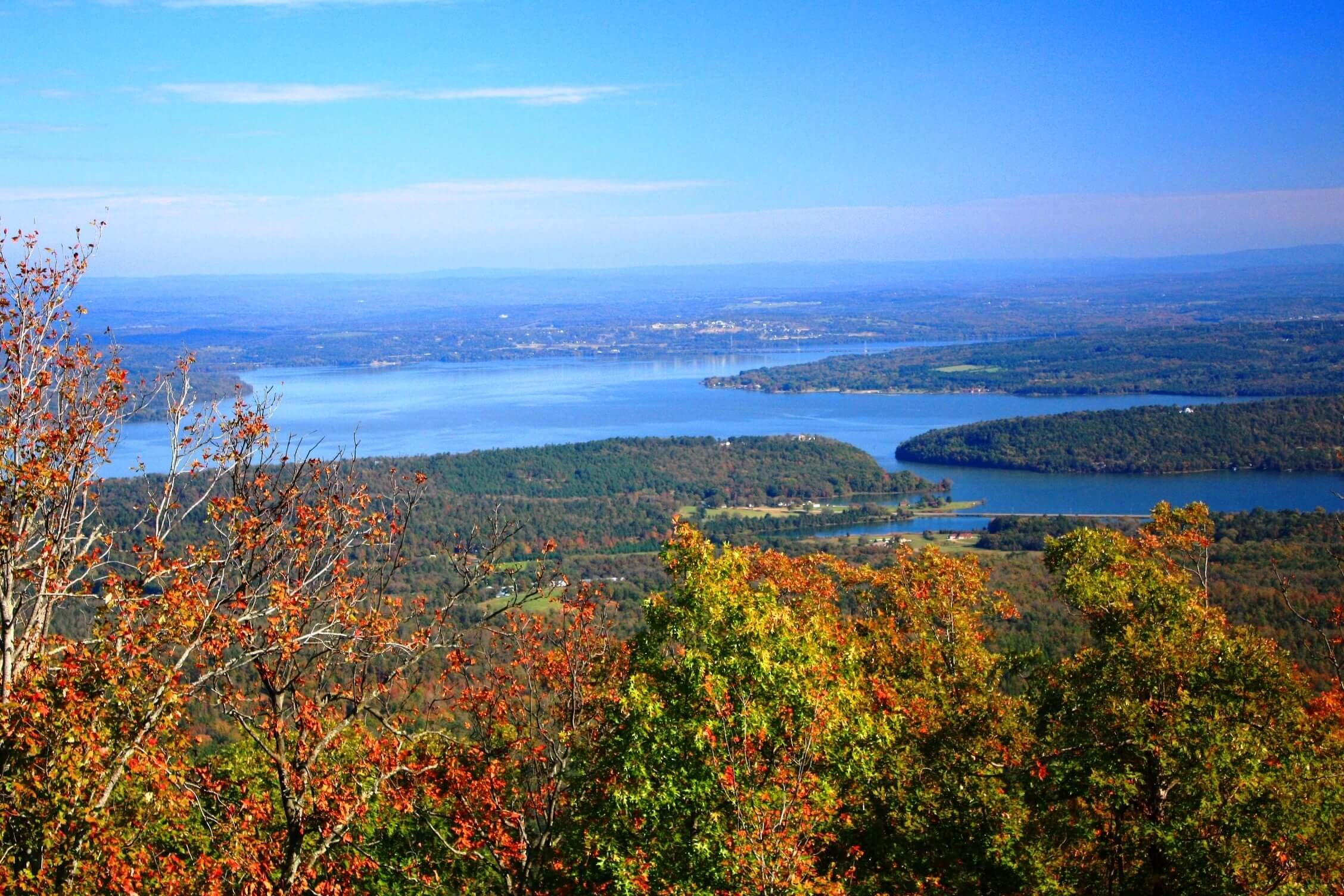Colorado is "THE" Headwaters State
Figure 1: Colorado has eight major river basins and include the headwaters for the Platte, Arkansas and Colorado Rivers, among others.
What does being a “headwater” state mean? The term headwater means the area near the source of a river basin, i.e., the highest area in a drainage basin where the river originates. Obviously, there are headwaters in every river basin in the United States so there are many headwaters in every state.
So why is Colorado known as THE “Headwaters State?” It is because eight major river basins originate in Colorado, marking the beginnings of the Platte, Arkansas and Colorado Rivers, as well as the Rio Grande. The origins of these river systems are shown in Figure 1.
The South Platte and North Platte Rivers originate in Colorado and have their confluence just east of North Platte, Nebraska, and then the combined Platte River flows east across Nebraska to Omaha, where it has its confluence with the Missouri River just south of Omaha. The Arkansas River also originates in Colorado and has its confluence with the Mississippi River in southeastern Arkansas (Figure 2).
Figure 2: Confluence of Arkansas and Mississippi Rivers, n
There are a number of rivers that rise in Colorado to ultimately contribute flow to the Colorado River. The Yampa and White Rivers originate in northern Colorado and flow west to their confluence with the Green River, that ultimately flows into the Colorado River in the Canyonlands National Park, Utah (Figure 3, below). The Gunnison River also rises in central Colorado and flows into the main stem of the Colorado River at Grand Junction, Colorado. The Animas and San Juan Rivers rise in southwestern Colorado and are part of the Colorado River basin. The Animas River flows south to its confluence with the San Juan River at Farmington, New Mexico, while the San Juan River joins the Colorado River in Lake Powell, Utah. The Dolores River flows generally west into Utah and joins the Colorado River main stem north of Moab, Utah. The main stem of the Colorado River also rises in Colorado on the western slopes of Rocky Mountain National Park (Colorado). Therefore, not only the main stem of the Colorado River, but also several major tributaries contribute flow to the Colorado River.
Figure 3: Confluence of Green River and Colorado River, Canyonlands, Utah.
The Rio Grande is the other large river basin that rises in Colorado, upstream of Creede, Colorado, in southcentral Colorado. The Rio Grande then flows east and then south through the San Luis Valley and exits Colorado approximately 40 miles south of Alamosa.
While the Platte, Arkansas and Colorado Rivers, as well as the Rio Grande, are not the largest rivers in the United States (the Colorado River is only the 37th largest river in the US), they are vitally important water resources in the Western US. For example, it is estimated that over 40 million people rely on the waters of the Colorado River. Similarly, the Platte River system provides the water supply for over 2 million people and millions of acres of irrigated farmland, while the Rio Grande provides water for over 6 million people and the irrigation of over 2 million acres.
Since these river systems provide water supplies to the residents of Colorado, because it is THE Headwaters State, and because 14 states also rely on water supplies that develop from the snowpack in the Colorado’s Rocky Mountains, interstate compacts have been implemented on each of these major river systems. A future blog will discuss the interstate compacts that allocate water among the states that these river systems transect.
If you have any water resources issues, LWS can help. For more information on this subject or any Western water rights issue, please contact us for help at 303-350-4090 or by email.
Bruce Lytle, P.E. bruce@lytlewater.com
Chris Fehn, P.E., P.G. chris@lytlewater.com
Anna Elgqvist, EI anna@lytlewater.com
Subscribe to LWS blogs HERE!



